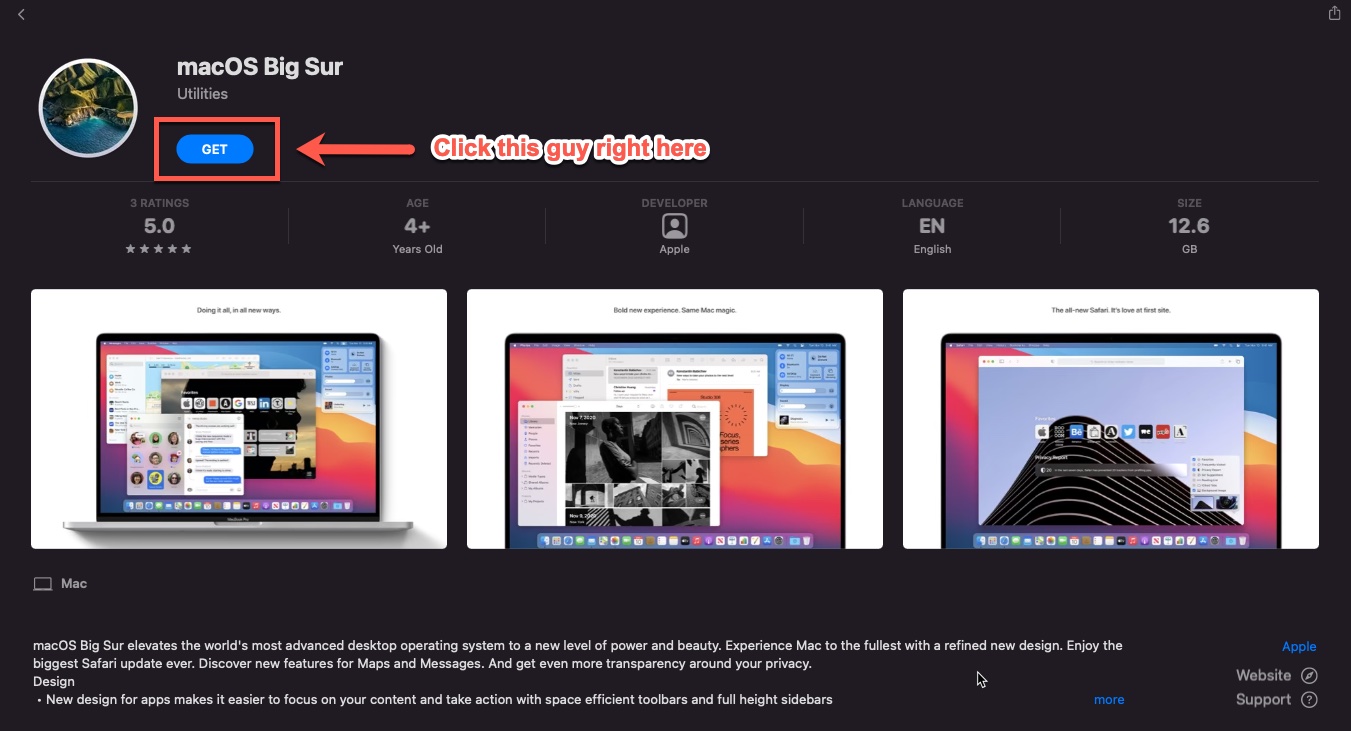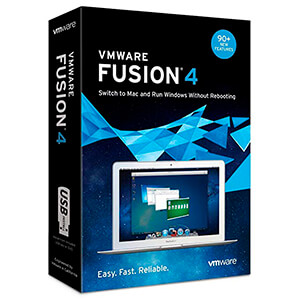- Vmware Vsphere Client For Mac Os X Download Pc
- Vmware Vsphere Client For Mac Os X Download Windows 10
If you are using a Linux-based pc or Mac OS X and want to manage a vSphere-environment then you might ask yourself the question if there is a native OS-version of the vSphere Client available for your platform.
The short answer is: no.
The longer answer is: do you need one? And is there an alternative? For most day to day operations you should move to the vSphere Web Client. And you can access that from your Linux system and Mac OS X. The only problem with that is that it only works with vCenter. So what do you do when your vCenter server is down or what to do if you only have one ESXi server?
There are a few tools that you can use to make administration for your environment simpler. But you would always need the vSphere Client on Windows at least once after installation of ESXi to for example import the vCenter Virtual Appliance (explained here) Or to create a virtual machine.


It is also possible to import the appliance from the command line with VMware's OVF Tool, which is available for Linux and Windows. How to do this is explained in this article.
Run a Windows VM in Player, Workstation or Fusion

VMware is the global leader in virtualization software, providing desktop and server virtualization products for virtual infrastructure solutions. Download vmware horizon client for mac 10.6.8 for free. System Tools downloads - VMware Horizon Client by VMware, Inc. And many more programs are available for instant and free download. Oct 31, 2019 In the vSphere Client, select any virtual machine, open the Summary tab, and click Launch Remote Console Download Remote Console. In the VMware Host Client, select any virtual machine and select Console Download VMRC. Open the installation package and double-click VMware Remote Console. Enter the user name and password of a system. In the vSphere Client, select any virtual machine, open the Summary tab, and click Launch Remote Console Download Remote Console. In the VMware Host Client, select any virtual machine and select Console Download VMRC. Open the installation package and double-click VMware Remote Console. Enter the user name and password of a system. In this post, I am not going to discuss about any technical stuffs or troubleshooting. This Post is purely to easy of vSphere Admins who want to download the VMware vSphere Client. I have athered the Download link of all versions of vSphere Client starting from vSphere Client v4.1 Update 1 to the latest release vSphere Client 6.0 Update 3.
To work with the full vSphere Client on Windows you can run it in a Windows virtual machine or from a physical Windows computer to configure the ESXi-host and create virtual machines. I personally run openSUSE and work with Linux for the largest part of the day. But from time to time there are Windows-based applications for which there really is no alternative and for those cases I have a Windows VM on my laptop.
Access your VM-console from Linux or Mac OS X with a VMware Player-console
Once your ESXi-host is up and running and you have multiple virtual machines running and maybe also vCenter deployed as a virtual appliance then you can access the console of those virtual machines with VMware Player. This tool is available as a download for Windows and Linux (www.vmware.com/go/downloadplayer) and it's included with Mac OS X.
With VMware Player installed you can run it from the command line and connect to an ESXi-host:
vmplayer -h
This will open a VMware Player window and requests login to the host. You can provide the host's IP-address with the -h parameter but if you leave it out you can enter it with the user credentials.
Vmware Vsphere Client For Mac Os X Download Pc
Once you are logged in you will see a list of available virtual machine. If the VM is not powered on and you open a console to the VM it will be powered on. If it's already running you can connect directly to the virtual machine. In the image below you see a VM running Windows. It also has the vSphere Client to allow you to manage the ESXi-host.
Host management with SSH and vCLI
Vmware Vsphere Client For Mac Os X Download Windows 10

You can also perform some management tasks from an SSH-connection to your host. You must enable your SSH-server on the ESXi-server before you can do this. You can enable this from the vSphere Client or from the Direct Console User Interface (DCUI) on the server's console. Once you have access with SSH and you want to use the DCUI for configuration purposes you can type this command:
dcui
And it will open the menu-based console in your SSH-session. To close it press ctrl-c.
Another possibility to work with your ESXi-host from the command line is to use the vSphere Command Line interface (vCLI). This can be installed as an application on your Linux-system but also on a Windows-system. Information and the download can be found here:
www.vmware.com/support/developer/vcli